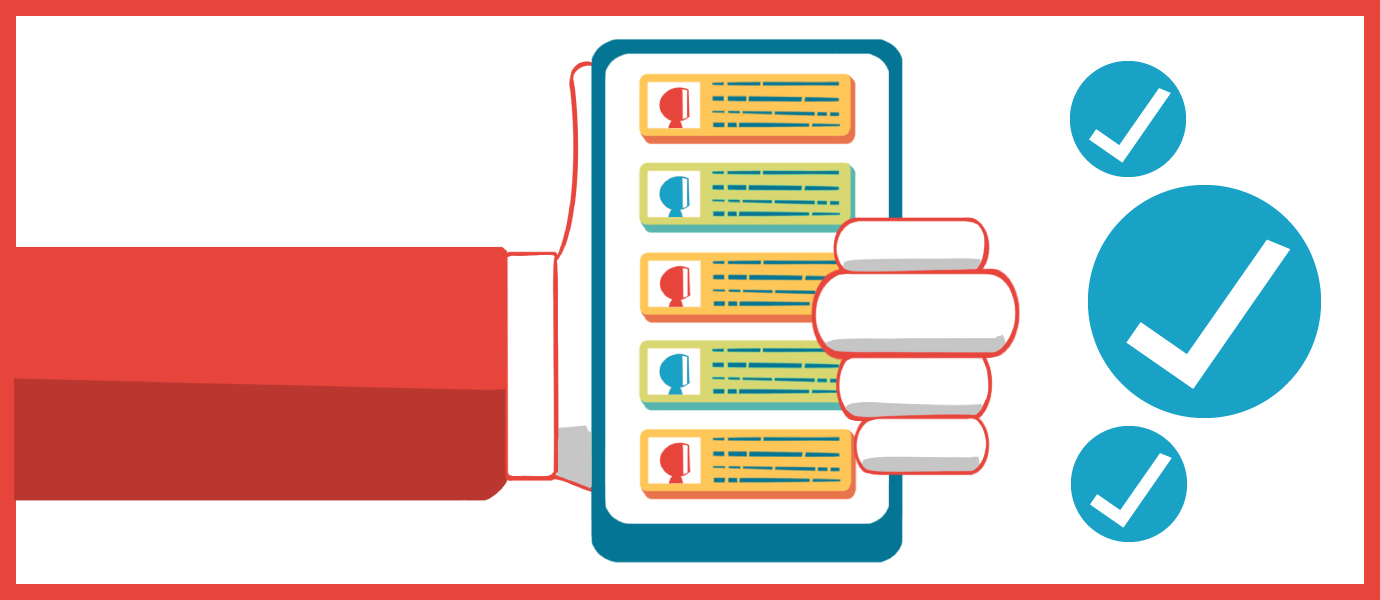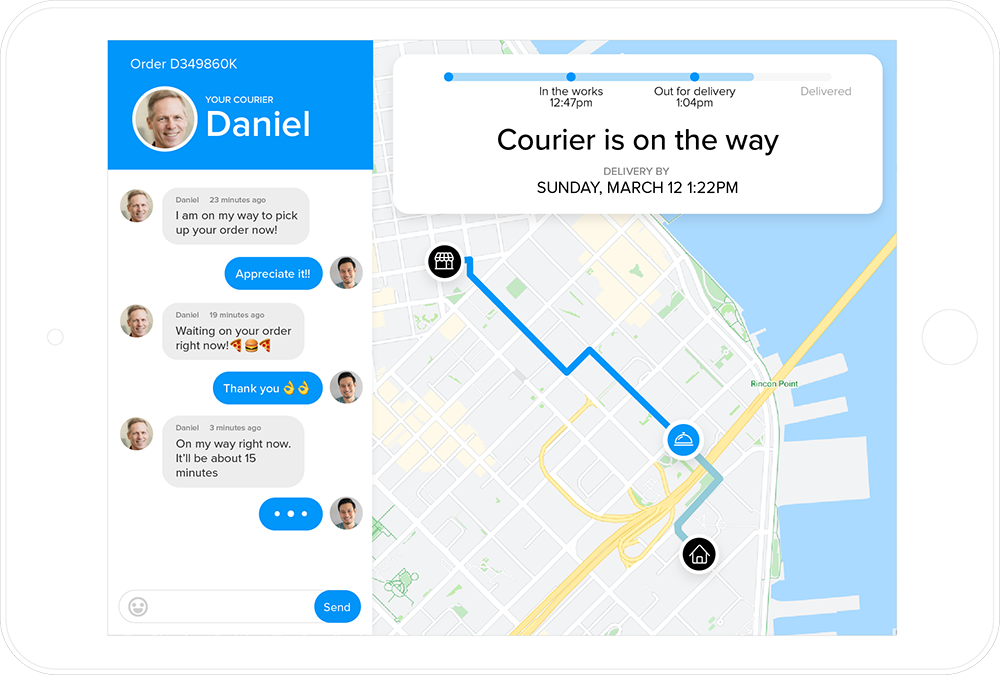What is an SDK (Software Development Kit)?
An SDK is a set of tools, libraries, documentation, and samples that developers use to create software applications for specific platforms, frameworks, or programming languages. SDKs provide developers with everything they need to build applications that interact with particular systems, APIs, or hardware.
SDK stands for Software Development Kit, also know as: Dev Kit, Code Pack, Development Suite or Stack.
SDKs typically offer:
Development tools (e.g., IDEs, command-line tools)
Libraries and APIs for specific functionalities
Documentation (guides, tutorials, reference materials)
Testing and debugging tools
Deployment and distribution utilities
Development support resources (communities, forums, technical support)
Additional resources like plugins or extensions
Types of SDK
Platform-specific SDKs:
Android SDKs for mobile devices
iOS SDK for Apple's devices
Windows SDKs for Microsoft operating system.
macOS SDK for Apple's operating system.
Linux SDK for Linux-based systems.
Cross-platform SDKs:
Xamarin: Allows developers to build cross-platform mobile applications using C# and .NET.
Flutter: A UI toolkit from Google for building natively compiled applications for mobile, web, and desktop from a single codebase.
React SDK Native: Enables developers to build cross-platform mobile applications using JavaScript and React.
Unity: Used for developing 2D, 3D, AR, and VR applications across multiple platforms.
Language-specific SDKs:
Java SDKs: Provide tools and libraries for developing Java applications.
Python SDKs: Offer tools and libraries for Python development.
JavaScript SDKs: Enable developers to build web applications using JavaScript.
.NET C# SDKs: Provide tools and libraries for .NET development, including C# and Visual Basic.
Domain-specific SDKs:
Cloud SDKs (e.g., AWS, Azure, Oracle, GCP): Provide tools for interacting with cloud services and resources.
Machine Learning SDKs (e.g., TensorFlow, PyTorch): Offer libraries and tools for building and deploying ML models.
Augmented Reality (AR) SDKs (e.g., ARCore, ARKit): Enable developers to create AR experiences for mobile devices.
Game Development SDKs (e.g., Unreal Engine, Unity, Godot Engine): Provide tools for creating video games across various platforms.
Social Media SDKs (e.g., Facebook-Meta, Twitter, Instagram): Allow developers to integrate social media features into their applications.
Hardware-specific SDKs:
IoT Device Control SDKs: Provide tools and libraries for developing applications for Internet of Things (IoT) devices like industrial systems or smart home sensors.
Embedded Systems SDKs: Enable development for embedded systems and microcontrollers.
Graphics Card SDKs: Offer tools for programming graphics processing units (GPUs) for tasks like gaming, machine learning, and scientific computing.
Full list of SDKs on PubNub
How to use an SDK?
To use an Software Development Kit typically involves following steps:
Choose the Right SDK: Identify the SDK that best fits your needs. Consider factors such as the platform you're developing for (e.g., iOS, Android, web), the specific functionalities or services your future soft require.
Install the SDK: Depending on the SDK, installation instructions may vary. Some SDKs come bundled with development environments (IDEs) that you can download and install. Others may require you to download and install the SDK separately, either through package managers, direct downloads from the provider's website, or other methods.
Read the SDK Documentation: This includes videos, guides, tutorials, reference materials, and API documentation that explain how to use the SDK's components and features. Understanding the SDK's capabilities and best practices is crucial for efficient development.
Set Up Your Development Environment: Configure your development environment to work with the SDK. This may involve setting up project configurations, linking the SDK libraries, configuring build settings etc.
Start Coding: Begin writing code using the SDK. Use the provided libraries, APIs, and tools to implement the desired functionalities in your application. Start with simple examples or tutorials to get familiar with the SDK's usage patterns and conventions, then gradually build more complex methods and functions.
Test Your Application: Use the testing and debugging tools provided by the SDK to test your application. This includes unit testing, integration testing, and user interface testing to ensure that your application behaves as expected and is free of errors.
Deploy Your Application: Once your application is ready, use the deployment and distribution tools provided by the SDK to package, sign, and publish your application to your target platform or distribution channel. Follow the provided guidelines and best practices to prepare your application for release.
Seek Support and Resources: If you encounter any challenges or have questions while using the SDK, don't hesitate to seek help from the SDK's support resources. This may include forums, community channels, technical support options, and other.
By following these steps, you can develop software applications for your chosen platform or technology stack using SDK.

